One of the interesting things about the eastern Canadian Arctic territory of Nunavut is that you often come across things you wouldn't expect. One example is the Nautiloid fossils that can be found in abundance on our small arctic island in Foxe Basin. If you don't quite know where Foxe Basin is, I have a trick for you, as long as you know where Hudson Bay is, you know where Foxe Basin is. It's the shallow body of water connected to the north of Hudson bay.
One of the awe-inspiring things about Foxe Basin is that it is in the middle of going through Glacial Rebounding (also known as Isostatic Rebounding) which is basically where the land rises upwards slowly after the weight of the glacier that was once on top of it recedes away. Toss in a a boat-load of plate tectonics and several hundred million years and you end up with a body of water that was once filled to abundance with diverse Paleozoic creatures such as the Nautiloid!
The Paleozoic era lasted from roughly 540 to 250 million years ago, and Nautiloids were much more common in those times than they are in our present day. There are only 6 living species of Nautiloids compared to what is thought to be over a thousand species that existed during the Paleozoic and onwards. Fossil records of Nautiloids are not that uncommon, with their remains being found in various marine sediments around the word, as well as ancient seas that once covered parts of present-day Nunavut such as my small island.
The island of Igloolik is mostly Limestone with patches of Calcite scattered in places. Nautiloid and other marine creatures found in the Limestone will often be imprints or fossil molds. Imprints or molds form when the original skeleton dissolves away over time and is replaced with other materials. On rare occasions we even find geode-like fossil molds with small clusters of druzy quarts on their interior. In the calcite regions of the island it is possible to find the shells still attached to the fossils, not fully dissolved away but in a horribly brittle state. It took us 4 years to find our first shelled fossil and the sad thing is... We found them 500 meters down the beach while collecting snow in July for our cooler! (I'll be posting a blog about that adventure in the future, yes, snow in July.)
Thanks for taking the time to check out my rocks. Not too many people 'round these parts are interested in the almost half a billion years of history that they walk on every day. Seemingly content to lament the past 60 years instead of bettering the future of their society. Well, this is taking a turn. Back to the outro. I hope you enjoyed these fossils, if you wish to see more of them they can be arranged in short order, but don't wait too long. In September it starts to cool off and the darkness seeps ever closer to 24-hour nights.
All photos are my own unless explicitly stated otherwise
Camera can vary, Samsung s21, S23 Ultra, Nikon P900, Nikon D750


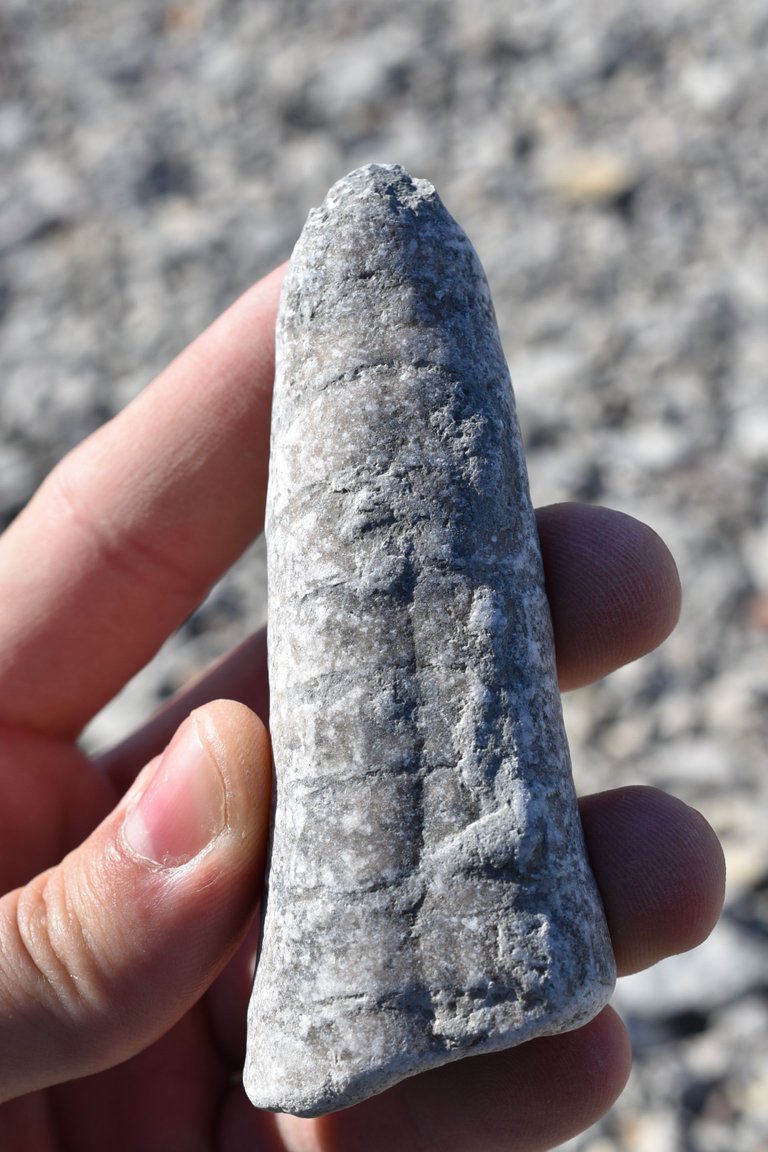
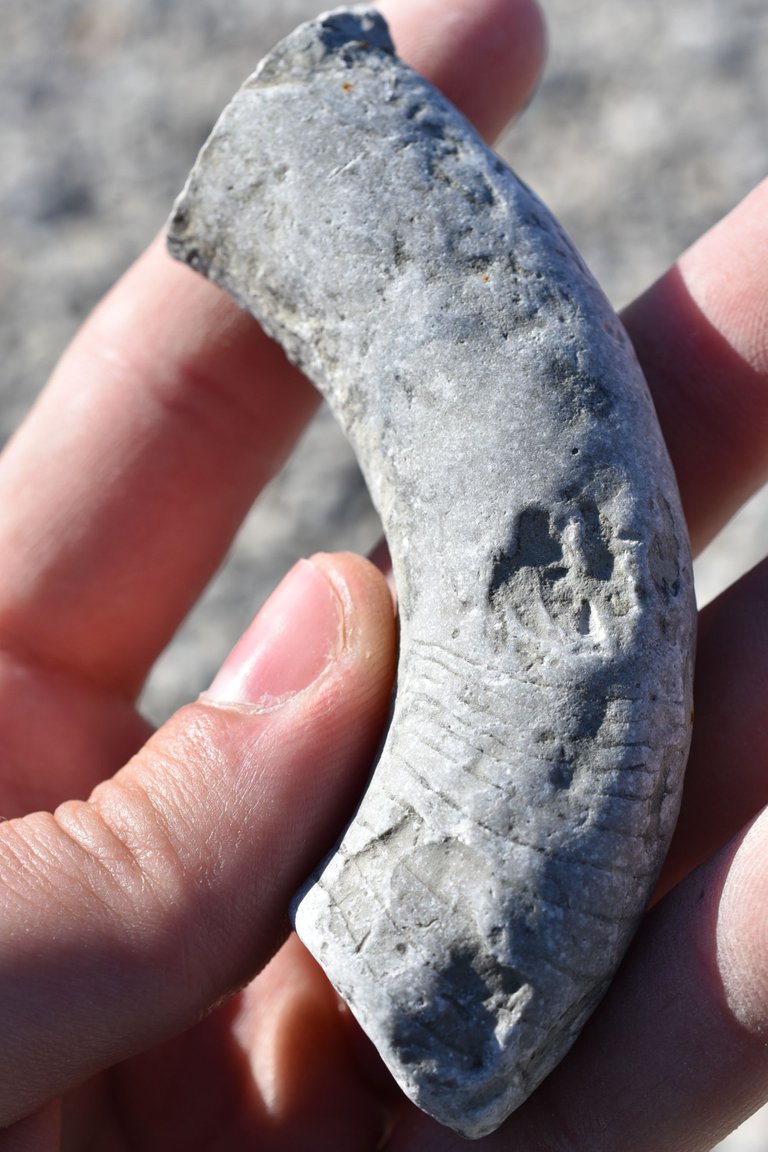
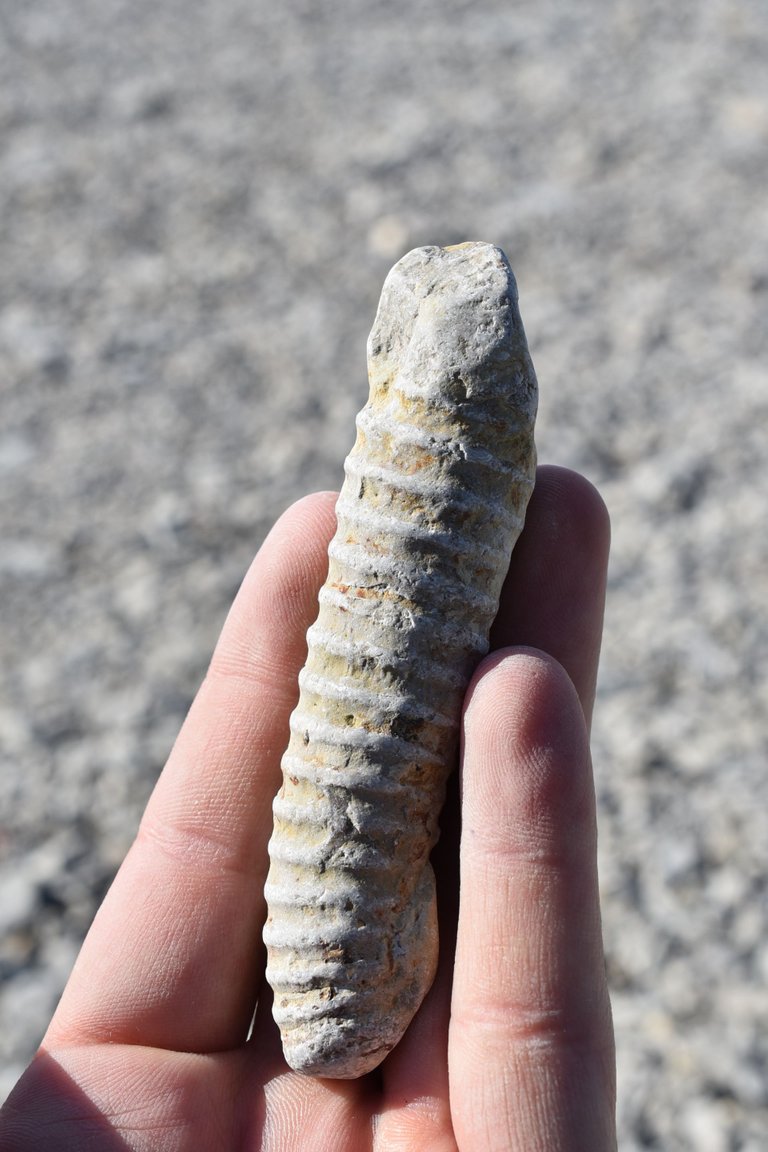
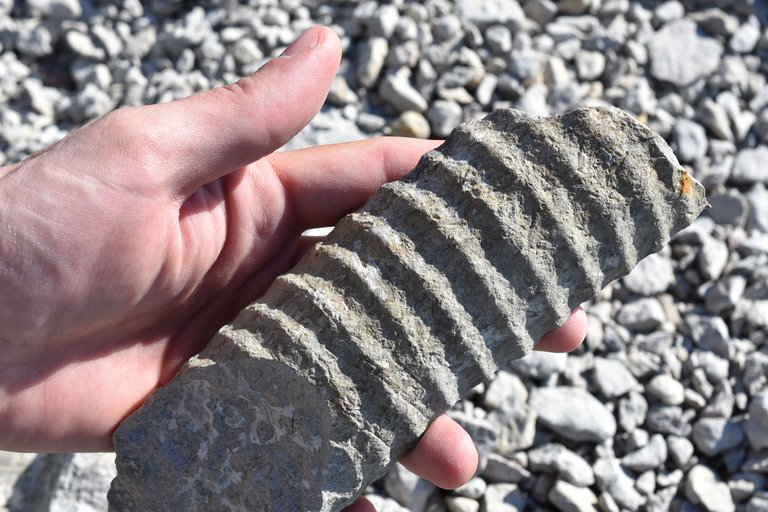
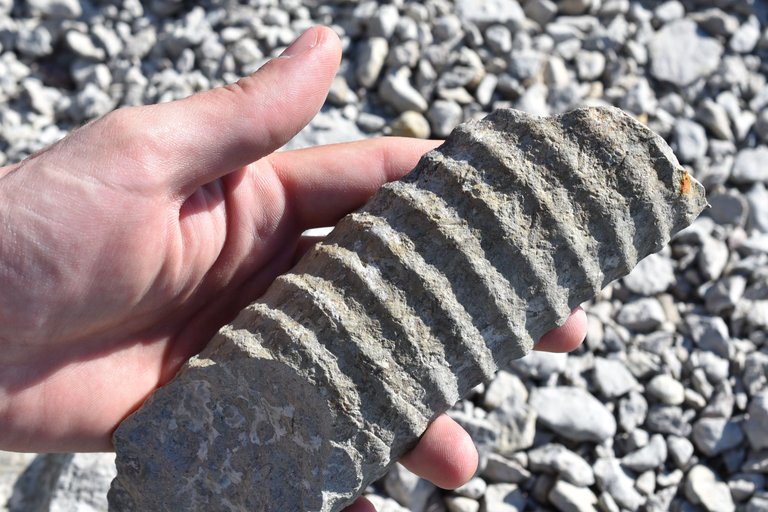
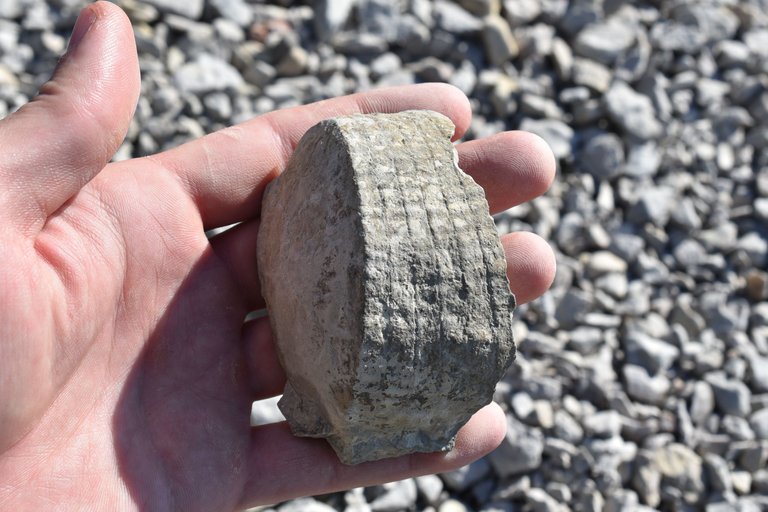
So Awesome!! I'm always on the lookout for fossils and bones when I go out adventuring.
How awesome that you actually found some fossils at the basin. Not too many people even think of looking for something that ancient and the ones you found are terrific.
I’m fascinated in this stuff. We’ve the Jurassic coast near where we live and we live going down there because as you clamber over the rocks you’ll see ammonites embedded in their surfaces. Thousands of years of tides having filed the rocks down to reveal their hidden gems.
Look up Kimmeridge, Dorset, U.K.
Wow! It's very interesting, I'm sure I could spend hours and hours just amazed with each rock form made by the fossils. Thanks for sharing!
Awesome finds! I still haven't ventured into fossils yet, but I know someday I will.
I find it curious to say the least that there are so many fossils just laying around, ready to be found in that small island in Foxe Basin. This is a great post man, short but concise and with good visual material, the pics are great!
Hopefully we get to see more content from you in the future!
My theory on why they are so easy to find here is because of the arctic freeze/thaw cycle. The ice on the ocean starts to form around October/November and only breaks up and leaves mid-July. That leaves many months for it to get several meters thick, as well as working its way into all the cracks that form along the shore. And, as I'm sure you know water expands when it freezes, breaking those cracks even wider and busting off smaller pieces into gravel. Then, when it does finally break up the wind, tides and currents will often drag pieces of ice along the shore churning or tilling up all new rocks and fossils for you to find!
Since this island has been slowly rising out of the ocean over several thousand years there is numerous "raised beaches" that were once at sea level and are packed full of old creatures in amongst the random rocks and rubble.
Very cool finds mate!
Very cool find man!
Thanks for your contribution to the STEMsocial community. Feel free to join us on discord to get to know the rest of us!
Please consider delegating to the @stemsocial account (85% of the curation rewards are returned).
You may also include @stemsocial as a beneficiary of the rewards of this post to get a stronger support.
They look interesting. It must be exciting for you to discover the impressive find.
Hi @lacking, your post has been upvoted by @bdcommunity courtesy of @rem-steem!
Support us by voting as a Hive Witness and/or by delegating HIVE POWER.
JOIN US ON